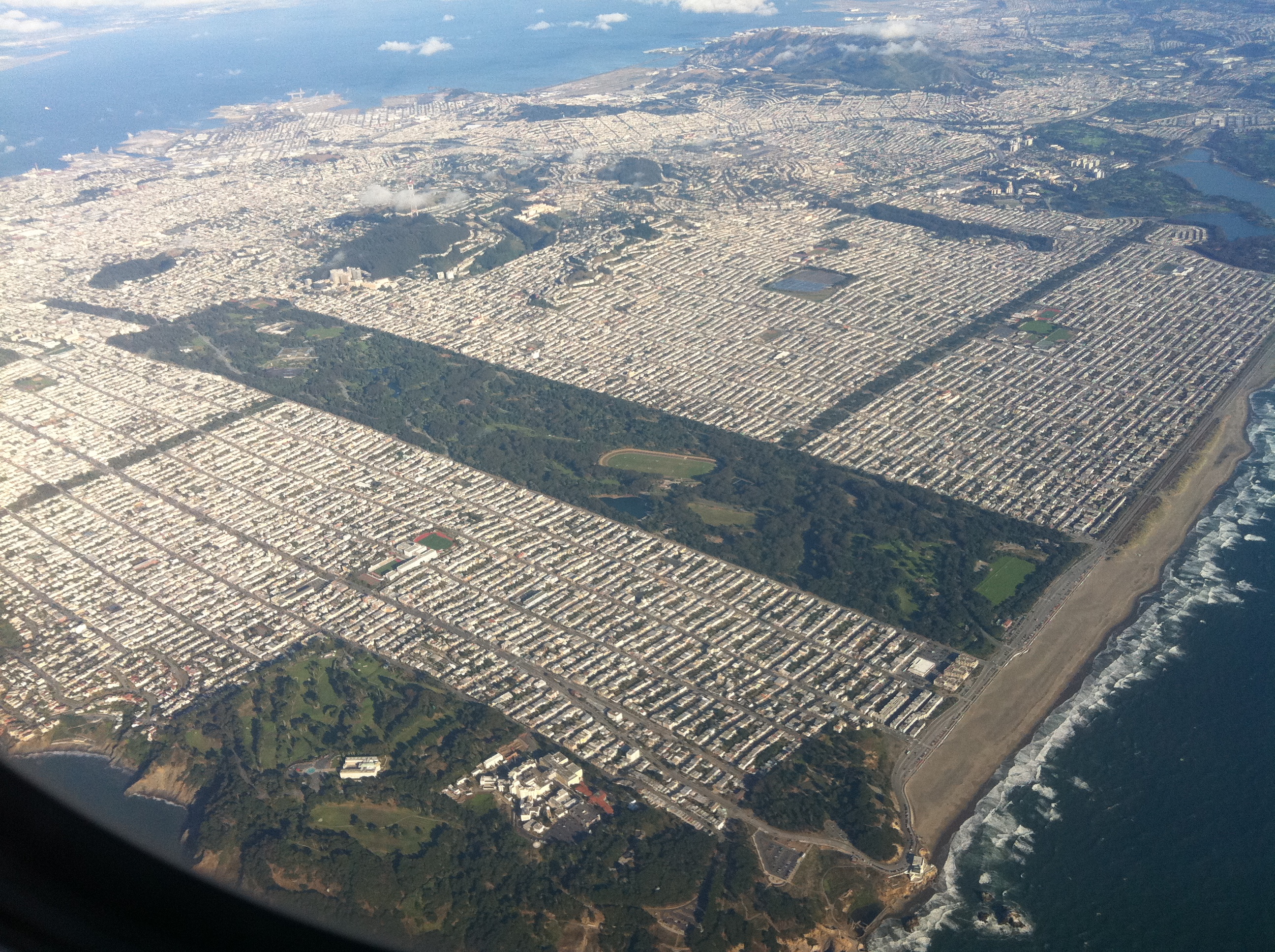Outside Lands on:
[Wikipedia]
[Google]
[Amazon]
Outside Lands was the name used in the 19th century for the present-day Richmond District and Sunset District on the West Side of
 Like all of
Like all of
Western Neighborhoods Project - San Francisco History
{{coord, 37, 46, 7.25, N, 122, 28, 53.74, W, region:US, display=title History of San Francisco Neighborhoods in San Francisco Richmond District, San Francisco Sunset District, San Francisco
San Francisco
San Francisco, officially the City and County of San Francisco, is a commercial, Financial District, San Francisco, financial, and Culture of San Francisco, cultural center of Northern California. With a population of 827,526 residents as of ...
. With few roads and no public transportation, the area was covered by sand dunes and was considered inaccessible and uninhabitable. Today, after extensive development, the area consists of Golden Gate Park, Ocean Beach, and well-developed neighborhoods.
History
 Like all of
Like all of California
California () is a U.S. state, state in the Western United States that lies on the West Coast of the United States, Pacific Coast. It borders Oregon to the north, Nevada and Arizona to the east, and shares Mexico–United States border, an ...
, the Outside Lands were a Mexican possession until the Treaty of Guadalupe Hidalgo in February 1848 ceded it to the United States
The United States of America (USA), also known as the United States (U.S.) or America, is a country primarily located in North America. It is a federal republic of 50 U.S. state, states and a federal capital district, Washington, D.C. The 48 ...
. The area was U.S. government land at the time of the Gold Rush
A gold rush or gold fever is a discovery of gold—sometimes accompanied by other precious metals and rare-earth minerals—that brings an onrush of miners seeking their fortune. Major gold rushes took place in the 19th century in Australia, ...
. The City and County of San Francisco, which was growing rapidly, desired the land and petitioned for it in the 1850s. After years of court battles, on March 8, 1866, Congress passed an Act ending the litigation and settling the title to the Outside Lands against the claims of squatters. During the course of lengthy litigation over the Outside Lands, local politicians, led by Frank McCoppin, and residents of San Francisco, rallied for the establishment of a public park in the western quarter of the city. Mayor Henry P. Coon worked with a three-member special committee of the Board of Supervisors, which had surveys and maps made of all the Outside Lands, at a cost of $12,000. Their report recommending subdivision into blocks and a reservation for a park was submitted to the Board on May 18, 1866. Suitable portions were also to be set aside for public squares, fire-engine house lots, school lots and hospitals. The committee also proposed an arrangement whereby squatters could donate a portion of their claims for a public park in return for clear title to the remainder of their lands. The proposal won Supervisor McCoppin the Mayor’s office, and gained the approval of the state legislature.Coon, H.I., ''Life of Henry P. Coon'', unpublished manuscript c.1885, in the California State Library, California History Room, Sacramento, California
Creation of Golden Gate Park
On April 4, 1870, the state legislature passed “An Act to provide for the improvement of Public Parks in the City of San Francisco” Soon after, the newly formed park commission advertised bonds to fund park improvements. Enough bonds were sold to finance a topographical survey of Golden Gate Park and its approach. Surveyor and engineer William Hammond Hall won the contract to survey park land, completed his report on February 15, 1871, and in August of the same year, was appointed as engineer of the park. Initial work completed in 1871 included grading, fencing, drainage and irrigation work, and development of a park nursery. In 1872, 22,000 hardy and quick-growing trees were planted, park roads were built, and visitors began to arrive by the thousands.References
External links
Western Neighborhoods Project - San Francisco History
{{coord, 37, 46, 7.25, N, 122, 28, 53.74, W, region:US, display=title History of San Francisco Neighborhoods in San Francisco Richmond District, San Francisco Sunset District, San Francisco